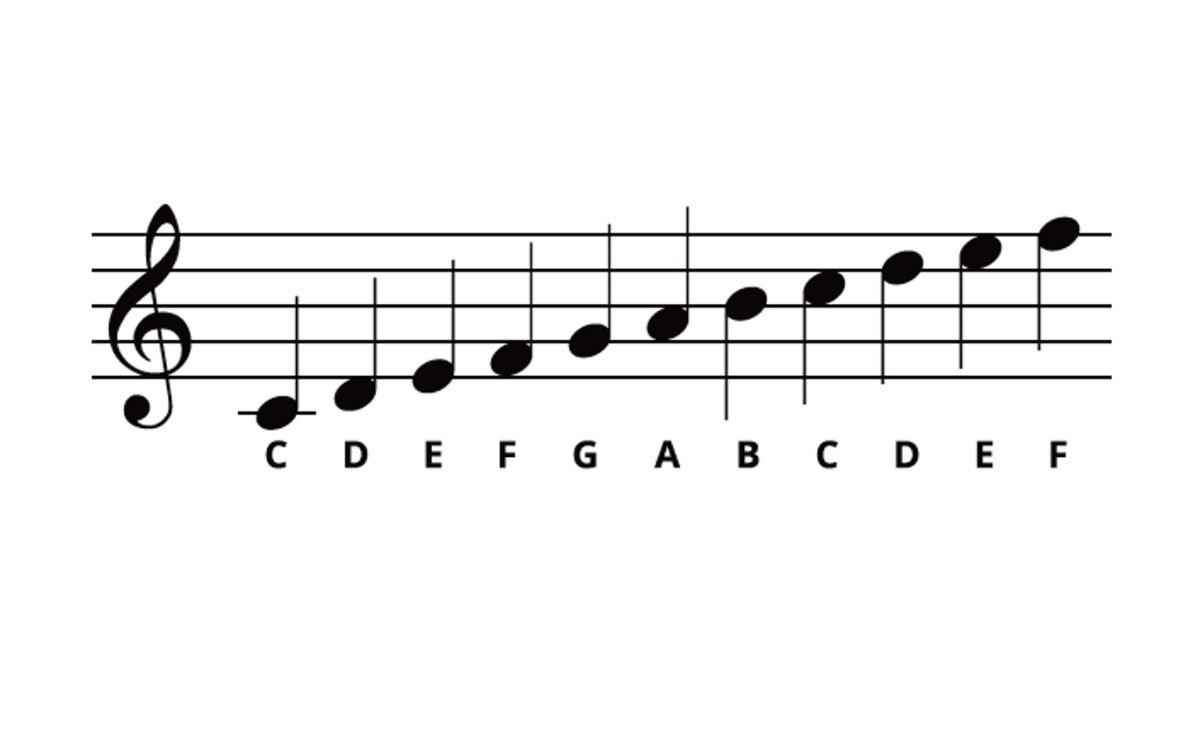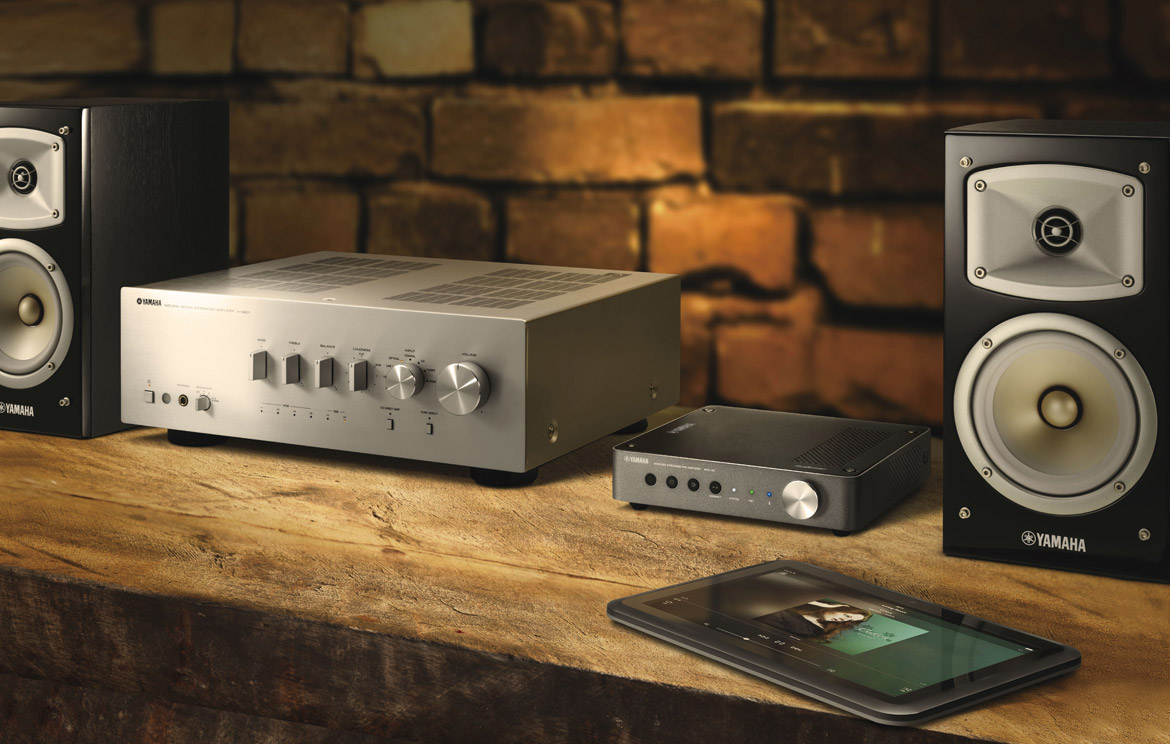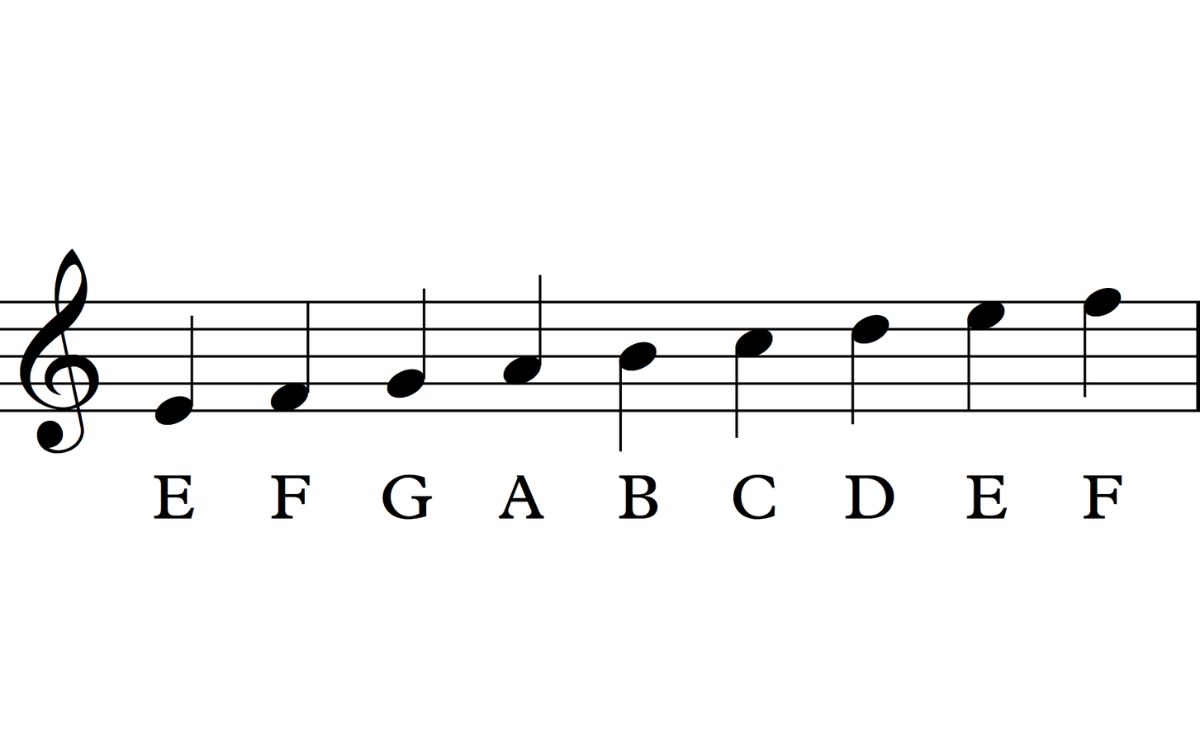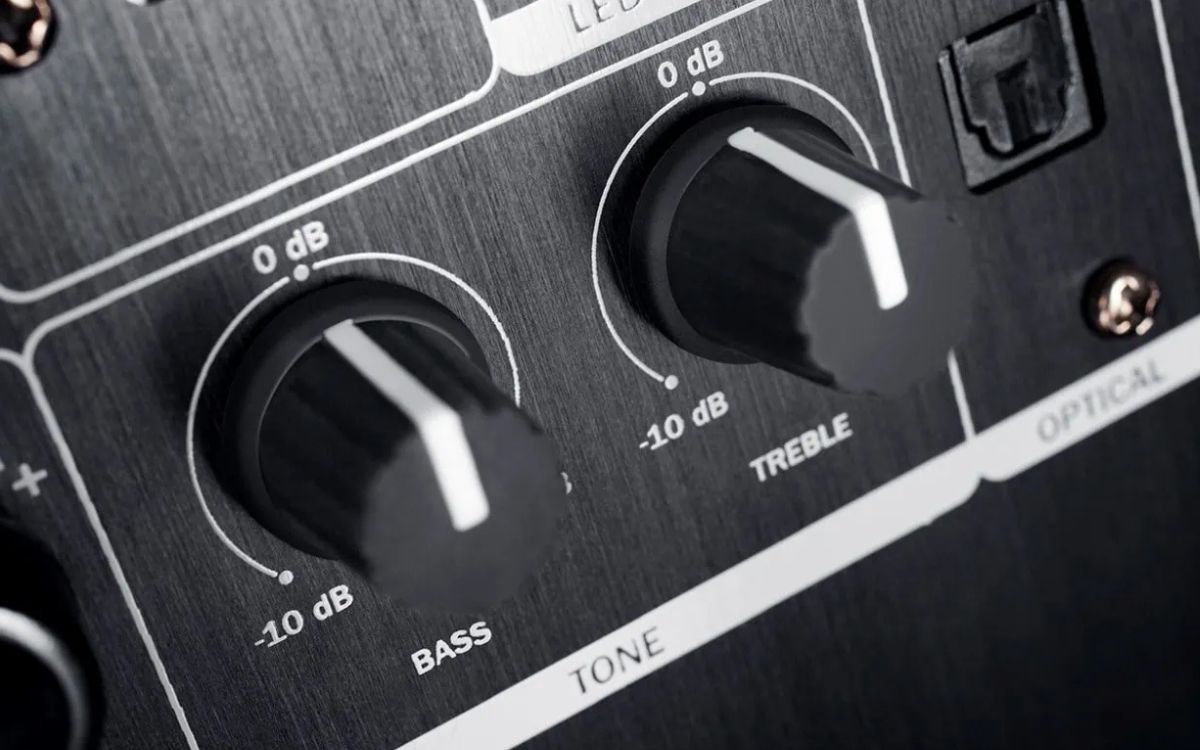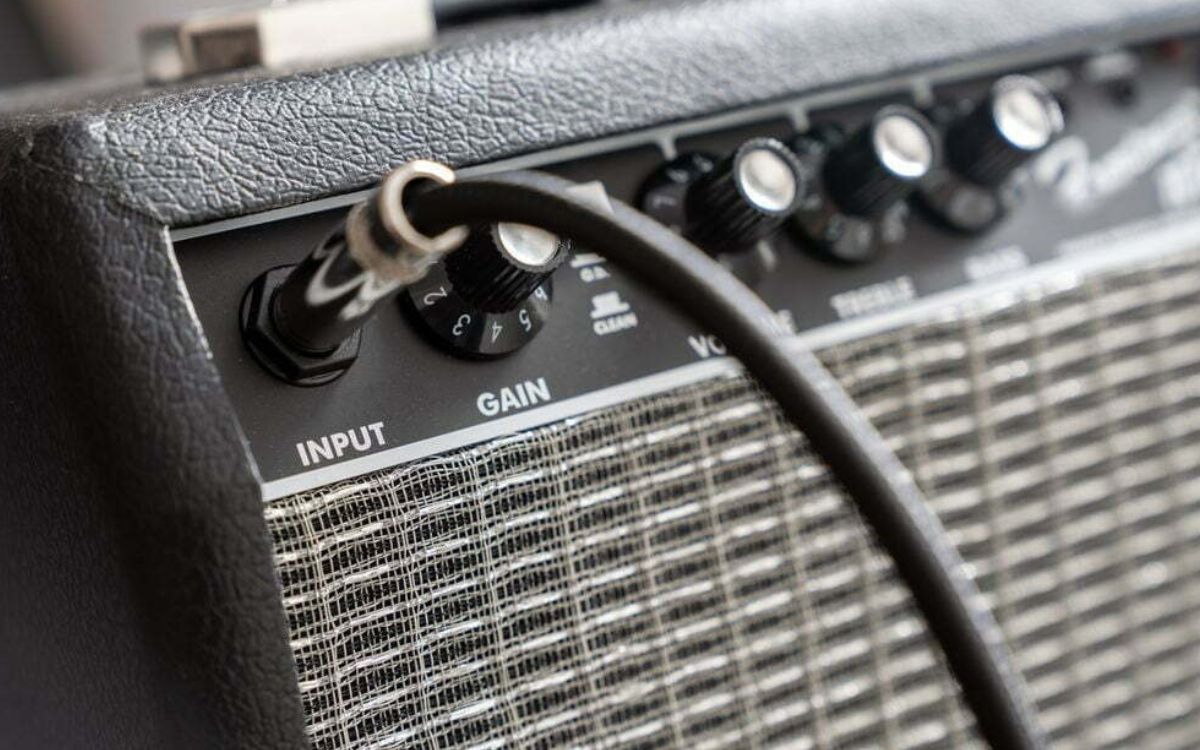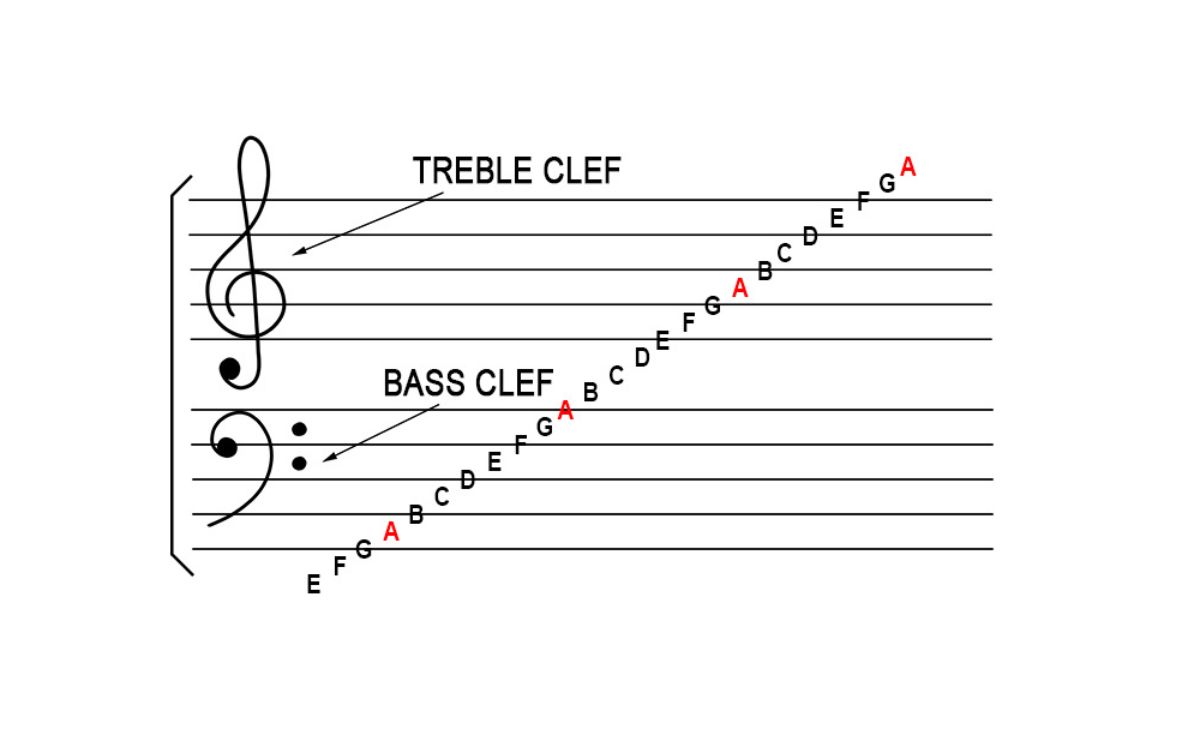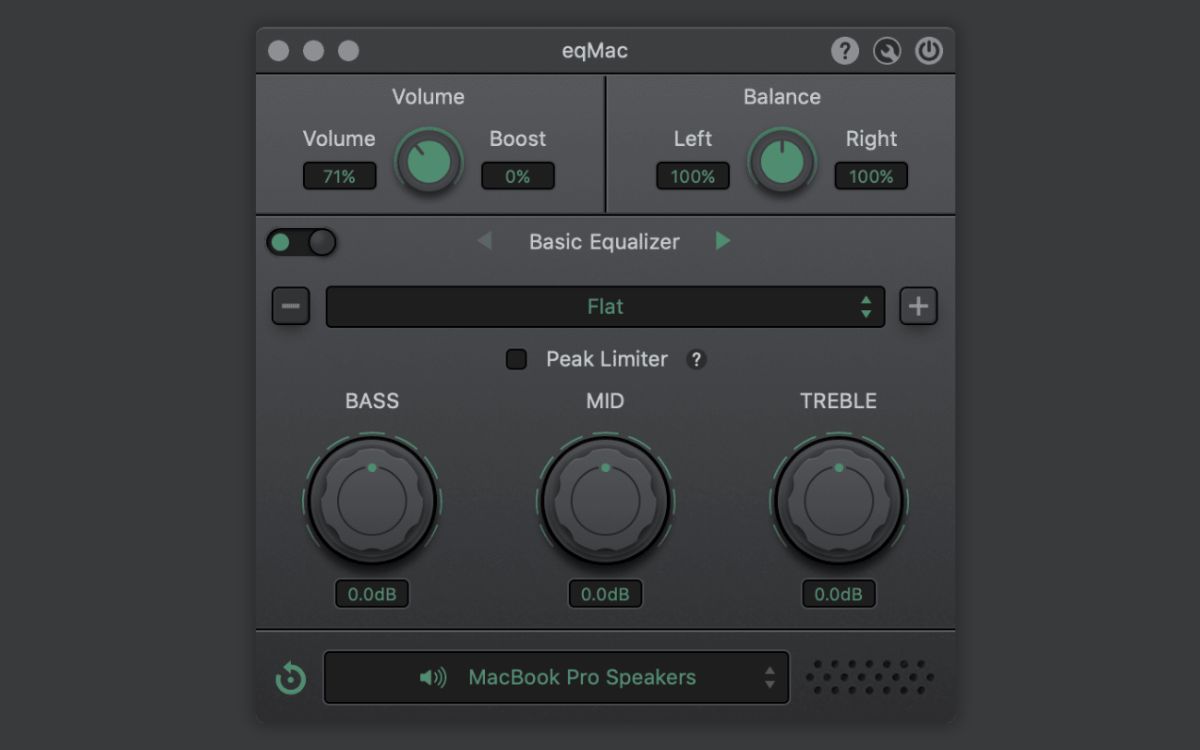Home>Production & Technology>Treble>What Is Treble For Speakers


Treble
What Is Treble For Speakers
Modified: January 22, 2024
Discover the importance of treble in speakers and how it affects sound quality. Learn what treble is and how to optimize it for an enhanced audio experience.
(Many of the links in this article redirect to a specific reviewed product. Your purchase of these products through affiliate links helps to generate commission for AudioLover.com, at no extra cost. Learn more)
Table of Contents
Introduction
When it comes to audio quality, every detail matters. From the deep rumble of the bass to the crisp clarity of the vocals, each element contributes to the overall listening experience. One crucial aspect of audio reproduction is treble. Treble refers to the higher frequencies in sound, which add brightness and detail to the music we hear.
In this article, we will explore the world of treble in speakers. We will delve into its definition, discuss its importance, examine how it is produced, and explore factors that impact treble quality. Additionally, we will provide tips for adjusting treble in speakers and highlight common problems encountered with treble reproduction.
Whether you’re an audiophile seeking to optimize your audio setup or a casual listener looking to enhance your music enjoyment, understanding the role of treble in speakers is essential. So, let’s dive in and uncover the fascinating realm of treble and how it contributes to the overall audio experience.
Definition of Treble
Treble, also referred to as high-frequency or high-end sound, represents the higher range of frequencies in audio reproduction. It encompasses the sharp, crisp, and delicate sounds that add detail and sparkle to the overall sound profile. Treble is the opposite of bass, which represents the lower frequencies in audio.
Typically, treble covers a frequency range ranging from 2,000 Hz to 20,000 Hz, although these values can vary depending on the audio system and personal preferences. These higher frequencies are responsible for reproducing instruments such as cymbals, violins, flutes, and female vocals, bringing clarity and presence to the music.
In terms of musical notes, treble generally includes the higher octaves starting from middle C (C4) and beyond. This encompasses the notes commonly found in the higher registers of a piano, guitar, or other instruments.
Understanding the frequency range and characteristics of treble is vital for achieving a well-balanced and nuanced sound in audio systems. By properly reproducing treble frequencies, audio devices can deliver an immersive and enjoyable listening experience.
Importance of Treble in Speakers
Treble plays a crucial role in the overall audio experience provided by speakers. It adds clarity, detail, and definition to the sound, enhancing the listening experience in several ways:
- Enhanced Instrument Separation: Treble allows for the separation and differentiation of individual instruments and sounds within a piece of music. This separation creates a sense of depth and realism, making the music more engaging and immersive.
- Improved Vocal Clarity: The higher frequencies in treble are responsible for reproducing vocals, particularly female vocals. By emphasizing the treble frequencies, speakers can deliver clear and natural-sounding vocals, ensuring that the lyrics and emotions behind the music are faithfully conveyed.
- Detail and Texture: Treble is responsible for the reproduction of high-frequency details in the music, such as the subtle nuances of a guitar string being plucked or the shimmer of a cymbal. These details add texture and depth to the audio, making the listening experience more lifelike and engaging.
- Brightness and Excitement: The presence of treble adds brightness and energy to the sound. It brings out the crispness and sparkle in the music, adding excitement and liveliness to the audio presentation.
- Balance with Bass: Treble and bass work in harmony to create a balanced sound profile. While bass provides depth and impact, treble ensures that the sound is well-rounded and complete. Without sufficient treble, the audio can sound muddy or lacking in clarity.
In summary, treble in speakers is essential for creating a rich, detailed, and immersive listening experience. It adds clarity to vocals, separates individual instruments, provides high-frequency texture, and contributes to the overall balance of the sound. Whether you’re enjoying your favorite tunes or immersing yourself in a thrilling movie, treble is instrumental in bringing the audio to life.
How Treble is Produced in Speakers
Producing treble in speakers involves several components and processes that work together to reproduce the high-frequency sounds accurately. Here’s a breakdown of how treble is generated in speakers:
- Tweeters: The primary component responsible for reproducing treble frequencies in speakers is the tweeter. Tweeters are specifically designed to handle high-frequency sounds and are typically made with materials such as silk, textile, or metal domes. They are positioned in the speaker enclosure to ensure optimal dispersion of treble frequencies.
- Crossover Network: In multi-way speaker systems, a crossover network is employed to split the audio signal into different frequency ranges. The crossover directs the treble frequencies to the tweeter, allowing it to reproduce only the high-frequency sounds while directing the bass and midrange frequencies to dedicated drivers for optimal sound reproduction.
- Amplification: To accurately reproduce treble frequencies, speakers require sufficient amplification. Amplifiers provide the necessary power to deliver high-frequency sounds with clarity and precision. Investing in an amplifier that can handle the demands of treble reproduction ensures that the nuances and details in the music are faithfully reproduced.
- Enclosure Design: The design of the speaker enclosure also plays a role in treble reproduction. A well-designed enclosure helps minimize resonance and vibration, ensuring that treble frequencies are reproduced accurately without any distortion or coloration. Additionally, the shape and construction of the enclosure can affect the dispersion and imaging of treble frequencies, enhancing the overall listening experience.
- Room Acoustics: The acoustics of the listening room can impact how treble frequencies are perceived. Room reflections and standing waves can cause treble to sound harsh or overly bright. Proper room treatment, such as using diffusers, absorbers, and positioning the speakers correctly, can help optimize treble reproduction and create a more balanced soundstage.
By incorporating high-quality tweeters, employing an effective crossover network, providing adequate amplification, optimizing enclosure design, and considering room acoustics, speaker systems can accurately reproduce treble frequencies and deliver a detailed and immersive listening experience.
Factors Affecting Treble Quality
The quality of treble reproduction in speakers can be influenced by various factors. These factors play a significant role in determining the clarity, accuracy, and overall performance of treble frequencies. Here are some key factors that can impact treble quality:
- Speaker Components: The quality and design of the tweeter and other components used in the speaker system can greatly affect treble reproduction. High-quality tweeters, made with precision and durable materials, tend to produce cleaner and more accurate treble frequencies. Additionally, the choice of crossover components and the quality of internal wiring can impact treble performance.
- Frequency Response: The frequency response of a speaker system refers to its ability to reproduce various frequencies accurately. A system with a wider frequency response range, specifically designed to handle treble frequencies, can provide more detailed and nuanced treble reproduction.
- Room Acoustics: The acoustic properties of the room can significantly affect treble quality. Room reflections, standing waves, and other acoustic anomalies can cause treble to sound distorted or uneven. Proper room treatment, such as using acoustic panels or diffusers, can help minimize these issues and improve treble performance.
- Amplification: The quality and power of the amplifier used to drive the speaker system can impact treble reproduction. Insufficient power can cause treble frequencies to sound weak or distorted, while a high-quality amplifier with adequate power can ensure accurate and crisp treble reproduction.
- Source Material: The quality of the audio source material can also affect treble quality. High-quality recordings with well-mixed and mastered treble frequencies tend to translate better through speaker systems, providing a more enjoyable treble experience.
- Listening Position: The position of the listener in relation to the speakers can affect treble perception. When sitting too close or too far from the speakers, treble frequencies can sound exaggerated or attenuated. Finding the optimal listening position where treble frequencies are balanced and well-integrated with the rest of the sound is crucial for an accurate treble experience.
The interplay of these factors determines the overall treble quality in speakers. Considering these factors when selecting speakers, setting up the listening environment, and optimizing the audio system can help achieve the best possible treble reproduction and enhance the overall audio experience.
Tips for Adjusting Treble in Speakers
Adjusting the treble in speakers is a valuable tool for optimizing the audio experience to suit individual preferences and listening environments. Here are some tips to help you effectively adjust the treble in your speakers:
- Start with a Neutral Setting: Begin by setting the treble control on your amplifier or audio system to a neutral or flat position. This allows you to hear the audio as it was intended to be reproduced, providing a baseline for further adjustments.
- Listen to a Variety of Music: Test your adjustments by listening to different genres of music that you are familiar with. Ensure that the treble adjustments you make are suitable across different types of music, as various genres may have different treble emphasis.
- Make Small Incremental Changes: When adjusting the treble, make subtle changes in small increments. Gradual adjustments allow you to discern the effect on the sound without overemphasizing or attenuating treble frequencies excessively.
- Consider Room Acoustics: The acoustics of your listening room can influence treble perception. If the treble sounds harsh or too bright, consider adding acoustic treatments such as diffusers or absorbers to reduce unwanted reflections and create a more balanced soundstage.
- Pay Attention to Speaker Placement: The positioning of your speakers can impact treble performance. Experiment with speaker placement to find the optimal position where treble frequencies are well-integrated with the rest of the sound. Avoid placing speakers too close to walls or corners, as this can result in excessive treble reinforcement.
- Use Test Tracks or Reference Material: Utilize test tracks or reference material known for their balanced and well-mastered sound to evaluate the treble performance. These tracks can help you gauge the accuracy and clarity of the treble reproduction and make adjustments accordingly.
- Take Breaks and Revisit Adjustments: Our perception of sound can change over time, so take breaks and revisit your treble adjustments with fresh ears. This allows you to better evaluate the changes and make more accurate adjustments for an improved audio experience.
Remember that adjusting treble should be a personal preference that suits your listening tastes and environment. Take the time to fine-tune the treble settings to create a well-balanced and enjoyable sound that enhances your overall audio experience.
Common Problems with Treble in Speakers
While treble is an essential component of audio reproduction, it can also be susceptible to various issues that may affect its quality and performance. Here are some common problems that can arise with treble in speakers:
- Harshness or Fatigue: One common issue is when treble frequencies sound harsh, sharp, or fatiguing to the ears. This can be caused by a speaker system that emphasizes high frequencies without proper balance, leading to listener fatigue or discomfort during extended listening sessions.
- Excessive Brightness: Sometimes, speakers may produce treble that is overly bright or pronounced. This can result in a sound that feels unbalanced, with too much emphasis on high frequencies. Excessive brightness can be caused by factors like poor speaker placement, room acoustics, or an amplifier and speaker combination that are not well-matched.
- Lack of Detail: If your speakers are not reproducing treble frequencies accurately, you may experience a lack of detail and clarity in the higher range of sound. This can make the music or audio sound flat and lacking in texture. Insufficient treble detail could be due to low-quality components, improper speaker positioning, or inadequate amplifier power.
- Inconsistent Sound: In some cases, the treble may sound inconsistent, with certain frequencies being emphasized while others are recessed. This unevenness can result in an imbalanced soundstage and a lack of cohesiveness in the overall audio reproduction.
- Interference or Distortion: External factors such as electrical interference or poor quality audio files can introduce distortion into the treble frequencies. This distortion can affect the clarity and accuracy of the treble, causing it to sound unnatural or muffled.
Fortunately, most of these problems can be addressed and overcome. By considering factors like proper speaker placement, room acoustics, and using high-quality components, you can improve treble performance and address issues like harshness, excessive brightness, lack of detail, inconsistent sound, or interference.
It’s important to choose speakers that are well-suited to your listening preferences and environment and to optimize their setup to achieve the best possible treble reproduction. If you encounter persistent issues, seeking professional guidance from audio experts can help identify and resolve any underlying problems.
Conclusion
Treble is a crucial component of sound reproduction in speakers, adding clarity, detail, and excitement to the audio experience. By understanding the definition of treble and its importance, we can appreciate its role in creating a well-balanced and immersive listening environment.
We have explored how treble is produced in speakers through components like tweeters, crossover networks, amplification, and the influence of room acoustics. We have also discussed the factors that affect treble quality, such as speaker components, frequency response, room acoustics, amplification, and source material.
Additionally, we have provided tips for adjusting treble in speakers, encouraging a gradual and careful approach to achieve the desired sound. By considering factors like neutral settings, room acoustics, speaker placement, and reference material, you can fine-tune the treble to suit your preferences and optimize the audio experience.
Lastly, we have highlighted common problems that may arise with treble in speakers, such as harshness, excessive brightness, lack of detail, inconsistent sound, and interference. By addressing these issues through proper setup, component selection, and troubleshooting, you can enjoy accurate and pleasing treble reproduction.
In conclusion, understanding and optimizing treble in speakers is essential for achieving a well-balanced, detailed, and immersive audio experience. By harnessing the power of treble, you can elevate the enjoyment of music, movies, and other audio content to new heights, immersing yourself in the richness and intricacy of sound.


